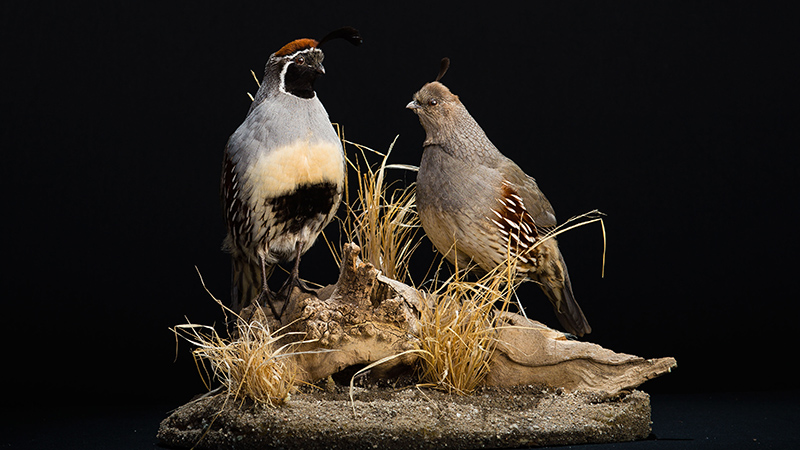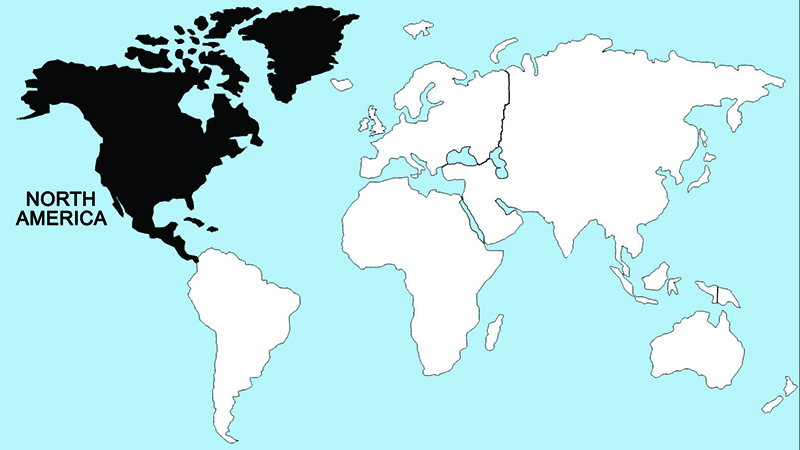Gambel's Quail

The Gambel’s quail is a desert-adapted species with a range centered in the Sonoran desert. Coveys normally consist of family units, with variable numbers of non-breeding adults. By late winter, the coveys begin to break up as pairs separate from them and aggression increases among the unmated males. Such birds establish crowing posts, from which they repeatedly utter their distinctivekaa calls. Pair formation is a subtle process, occurring over a prolonged period of contact. After a pair bond is formed the birds are strongly monogamous.
Females usually locate their shallow nest scrape in the shade of desert trees or shrubs. A clutch of about 12–14 eggs is laid on an egg-per-day basis. Incubation begins with the laying of the last egg, lasts 21–23 days, and is performed by the female alone, with the male usually sitting on a lookout perch some 40–80 feet away. If the nest is approached by an intruder, the male typically performs an injury-feigning distraction display. Although the male has not been reported to undertake incubation, he sometimes takes over the care of the newly hatched brood, allowing the female to begin a second clutch. Or, after a month or so of care by the pair, the chicks may be left with other older birds and a second clutch initiated. Like other grouse and quail chicks, they initially feed almost exclusively on insects but soon begin to eat succulent vegetation and eventually are almost totally vegetarians.
Regions Birds Are Found

Collection Location & Year
U.S. - Arizona 1988
Taxonomy
| Order | Galliformes |
|---|---|
| Family | Odontophoridae |
| Species | Callipepla |
| Genus | gambelii |
Gender
Female & Male
References
- Leopold, A. S. 1969. Wildlife of Mexico: The Game Birds and Mammals. Berkeley, CA: University of California Press.
- Johnsgard, P. A. 1973. Grouse and Quails of North America. Lincoln, NE: Univ. of Nebraska Press.
- del Hoyo, J. A. Elliot, and J. Sargatal, eds. 1994. Handbook of Birds of the World. Vol. 2 (New World Vultures to Guineafowl). Barcelona, Spain: Lynx Editions.